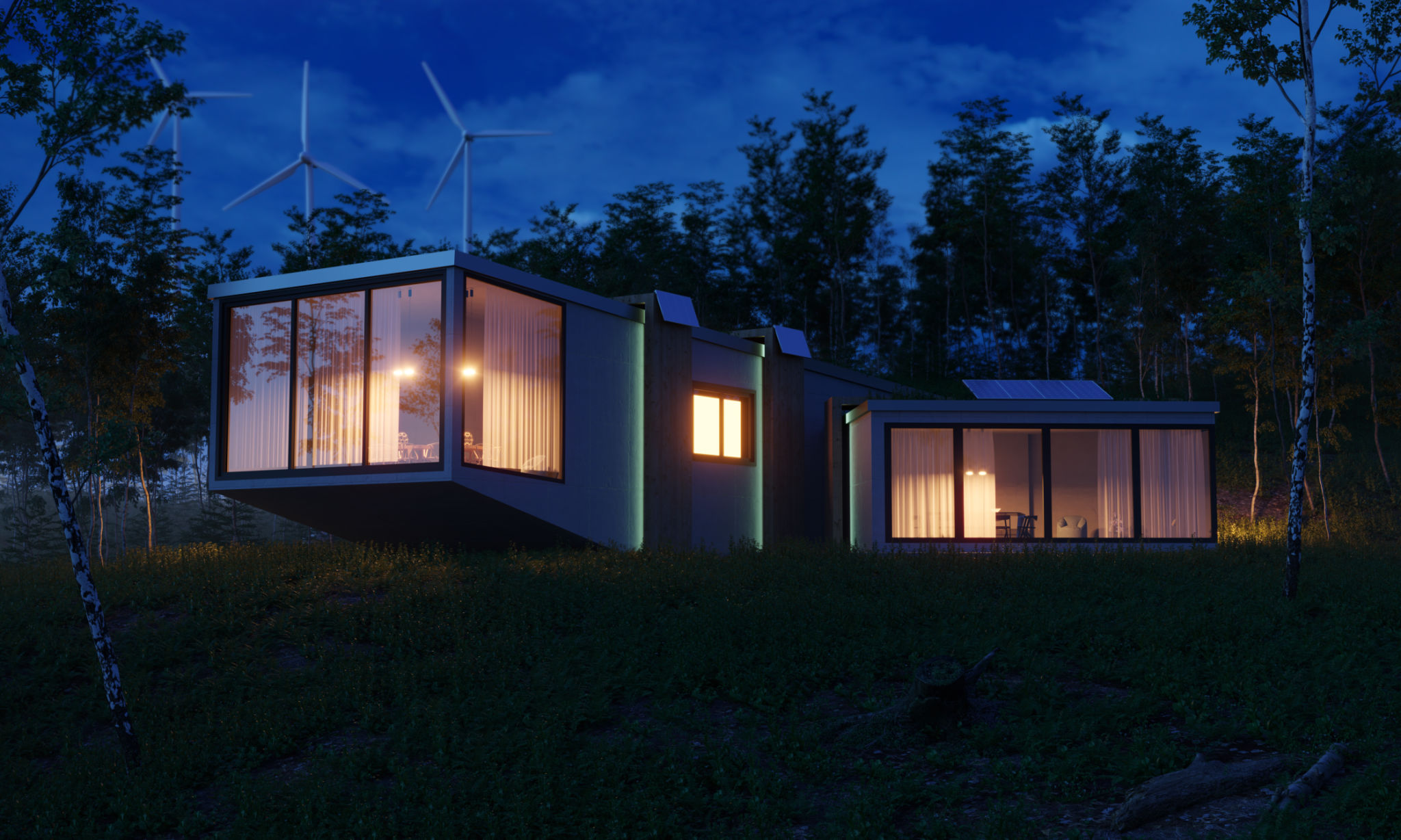Eco-Friendly Glazing Solutions: Trends Shaping the Future
Introduction to Eco-Friendly Glazing Solutions
As the world increasingly shifts towards sustainable living, the construction industry is embracing eco-friendly glazing solutions as a key component of green building practices. These solutions not only contribute to energy efficiency but also enhance the aesthetic appeal and functionality of modern structures. In this blog post, we'll explore the trends shaping the future of eco-friendly glazing and how they are impacting our environment and living spaces.
Energy Efficiency and Insulation
One of the primary benefits of eco-friendly glazing is its ability to improve energy efficiency. High-performance glazing solutions, such as low-emissivity (Low-E) glass, help reduce heat loss in winter and minimize heat gain in summer. This results in lower energy consumption for heating and cooling, significantly reducing a building's carbon footprint. Moreover, advanced glazing technologies improve thermal insulation without compromising natural light intake.

The Rise of Smart Glazing
Smart glazing technologies are gaining momentum as they offer dynamic control over light and heat transmission. Electrochromic glass, for example, can change its tint in response to electrical signals, allowing occupants to modulate sunlight and maintain optimal indoor temperatures. This adaptability not only enhances comfort but also leads to significant energy savings.
In addition to electrochromic solutions, thermochromic and photochromic glazing technologies are also making waves. These materials react to temperature changes and light intensity, respectively, providing innovative ways to manage building environments while maintaining transparency and aesthetic appeal.
Environmentally Friendly Materials
The push for sustainability extends to the materials used in glazing solutions. Manufacturers are increasingly utilizing recycled and renewable materials to create eco-friendly glass products. These sustainable practices help reduce waste and conserve natural resources, aligning with broader environmental goals.

Furthermore, advances in manufacturing technologies allow for the production of thinner, lighter glass panels that require fewer raw materials and less energy to produce. This innovation not only supports sustainability but also reduces transportation costs due to lighter loads.
Integration with Renewable Energy
Another exciting trend in eco-friendly glazing is the integration of renewable energy sources. Building-integrated photovoltaics (BIPV) are being embedded into glass facades, turning windows and curtain walls into energy-generating surfaces. This seamless integration allows buildings to generate their own electricity, further reducing reliance on non-renewable energy sources.

BIPV solutions are becoming more aesthetically pleasing, as advancements in technology allow for better transparency and design flexibility. This makes them an attractive option for architects who want to incorporate renewable energy generation without compromising on design.
The Future of Eco-Friendly Glazing
The future of eco-friendly glazing solutions is promising, with continuous innovations leading the way towards more sustainable and efficient buildings. As awareness about environmental impact grows, demand for these solutions is expected to rise. By integrating cutting-edge technologies with sustainable practices, the construction industry is poised to make significant strides in reducing its carbon footprint.
Ultimately, eco-friendly glazing solutions represent a crucial aspect of the green building movement, offering a path toward a more sustainable future. As these technologies evolve, they will continue to shape the way we design and experience our built environments.